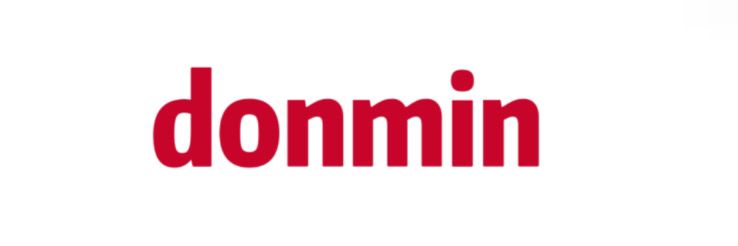Key Factors in Choosing Sintered Mesh for Exports
For more information, please visit Dashang.
Understanding Sintered Mesh: A Comprehensive Guide
When considering the export of sintered mesh, it's essential to evaluate several factors that could influence your decision. Below are the key steps to guide you in choosing the right sintered mesh for your needs.Step 1: Assess Your Application Needs
- Determine the specific requirements of your application, such as filtration efficiency, durability, and operating temperatures. This involves understanding what the sintered mesh will be used for, whether in petrochemical filtration or food processing.- Consider the material compatibility to avoid corrosion. For instance, stainless steel sintered mesh may be best for high-temperature scenarios.Step 2: Evaluate the Types of Sintered Mesh Available
- Review the different types of sintered mesh, including standard five-layer sintered mesh, to find the most suitable option. The construction of five-layer sintered mesh offers enhanced filtration efficiency and structural integrity.- Understand the benefits each type supplies relative to your application. A five-layer mesh is particularly effective in applications requiring high flow rates and fine filtration.Step 3: Compare Prices
- Investigate the Standard Five-layer Sintered Mesh price in Chile and other regions to get a fair market perspective. Pricing can vary widely based on the supplier and material used.- Look for bulk discounts that might apply for larger orders. If you plan on exporting large quantities, reaching out to suppliers for custom quotes based on volume can ensure cost-effectiveness.Step 4: Analyze Supplier Credentials
- Research potential suppliers to ensure they meet international quality standards and possess relevant certifications. Check for ISO certifications or industry-specific compliance which hint at their reliability.- Evaluate customer testimonials and past export records. A reputable supplier with a proven track record provides additional peace of mind.Step 5: Check the Lead Time and Logistics
- Discuss the expected production and shipping lead times with your chosen supplier. Understanding these timelines can help you manage project deadlines more effectively.- Consider the logistics involved in exporting sintered mesh. Ensure the supplier can accommodate your shipping needs and provide guidance on customs regulations that apply to your country.Step 6: Confirm After-Sales Support
- Inquire about the after-sales services offered by the supplier. This can include technical support, warranty details, and replacement policies in case of defects.- Assess how well the supplier communicates during the decision-making process. An engaging supplier can often lead to a more constructive business relationship.Conclusion
By following these steps, you can make an informed choice when selecting sintered mesh for export. Whether you’re focused on price comparisons, such as the Standard Five-layer Sintered Mesh price in Chile, or supplier credentials, each factor plays a critical role in ensuring you obtain the best product suited to your specific needs.If you are looking for more details, kindly visit our website.
Additional resources:Ultimate Guide to 22 Gauge Chicken Wire Mesh Fence Solution
What Are Key Benefits of Tungsten Wire Mesh Manufacturing?
How Can We Improve Derrick Shaker Screen Support?
If you are looking for more details, kindly visit Standard Five-layer Sintered Mesh price in Chile .

